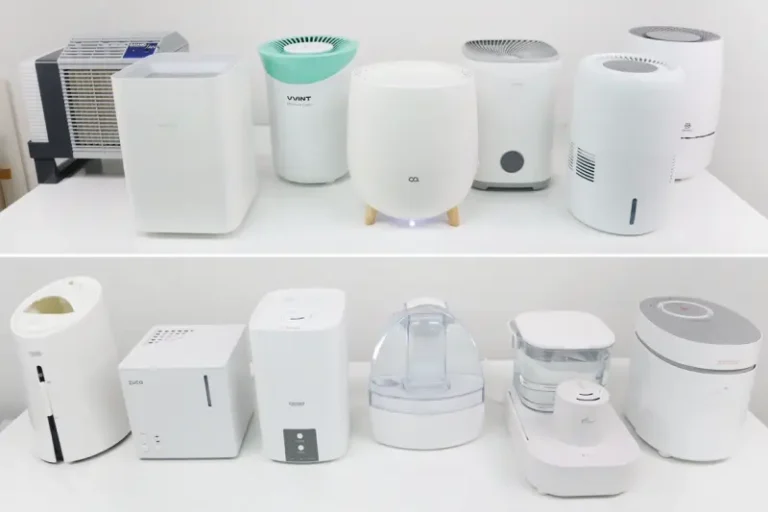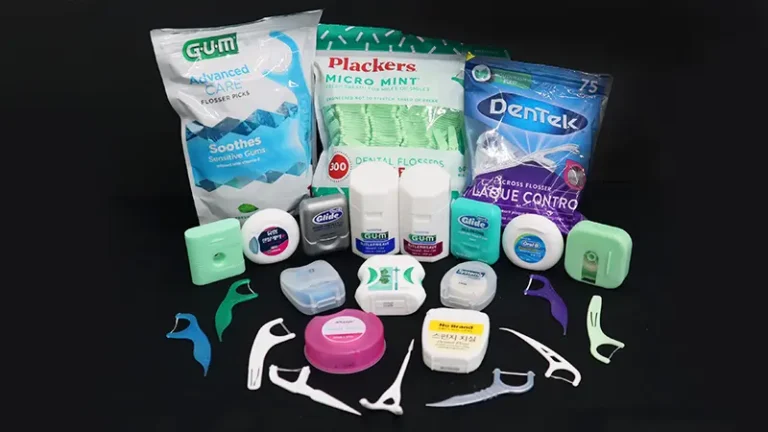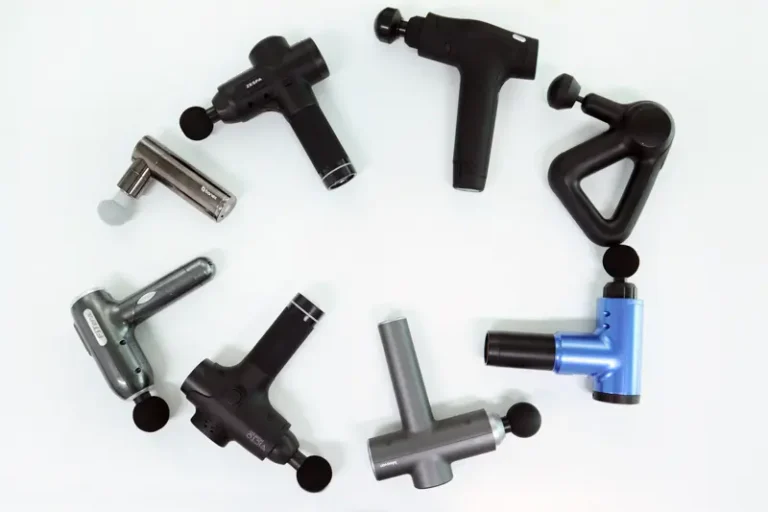The Best air purifier Buying Guide
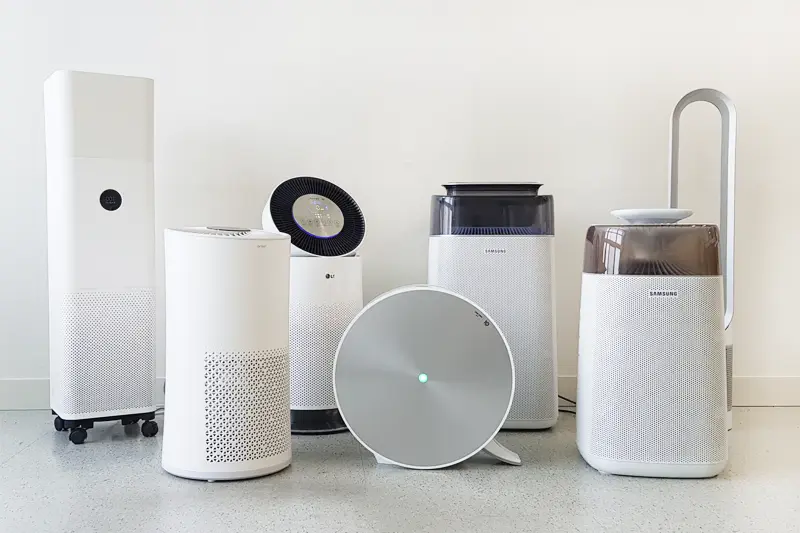
How to Select an Air Purifier Based on Your Living Space
As air pollution continues to worsen, air purifiers are becoming increasingly important for maintaining healthy indoor air quality. When selecting an air purifier, you’ll often hear different opinions about what matters most:
1) The importance of filters
2) Choosing the right size for your space
3) The significance of PM sensors
After reviewing countless customer feedback, consulting with experts, and testing various products, nosearch will guide you through: 1) How to choose the right air purifier
2) Our recommended air purifier selections
Chapter 1.
air purifier Size Selection
Choose Based on Your Space Requirements
1. air purifier Coverage Area
Coverage area is the most accurate measure of air cleaning performance!
Choose based on the stated coverage area
Coverage Area = Particulate Matter Removal Performance

Coverage area is determined through standardized testing:
1) Air purifiers are tested in identical conditions for the same duration
2) Measures reduction of 0.3μm particle concentration
3) Coverage area is calculated based on the measured dust removal rate
4) Standard assumes one natural air change per hour
5) Must remove 50% of particulate matter in 10 minutes of operation
6) Based on 8-foot ceiling height Coverage area thus represents actual dust removal performance considering all factors including filter grade, airflow, and efficiency.
2. air purifier Filter Grade
Don’t choose based on filter grade alone!
Grade is just one performance factor
Higher grade doesn’t mean smaller particle removal
just different removal rates

A higher filter grade doesn’t mean it captures smaller particles.
Filter grades are determined by testing removal rates of 0.3μm particles, which are the most difficult to filter physically. The percentage in “Performance test” indicates the removal rate of 0.3μm particles for each grade.
So higher grades don’t filter smaller particles – they just have different removal rates for the same particle size.
The “Particular size approaching 100% retention” is sometimes misunderstood as “removable particle size” – it actually means “particle size removed at nearly 100% efficiency.”
H13 HEPA isn’t essential
E11 grade is sufficient

E11 grade filters are adequate – just verify the coverage area.
H13 HEPA filters aren’t necessary for home use – they’re more appropriate for industrial settings like semiconductor manufacturing where extremely high filtration efficiency is critical.
While filters below E11 grade have significantly lower efficiency and may require higher airflow with more noise, most home air purifiers use E11 or better filters.
Filter grade affects performance less than you might think

While many believe filter grade is most important for dust removal, airflow actually has more impact. Here’s an example with a sealed space containing 1,000L of air and 1,000 dust particles:
Product A (H13 filter):
-Processes 900L of air
-Leaves 100 particles due to insufficient airflow
Product B (E11 filter):
-Processes all 1,000L
-95% efficient = 50 particles remaining
Theoretically, Product B with lower grade filter but higher airflow removes particles more effectively. With E11 grade filters achieving 95% efficiency, airflow has more impact on performance than filter grade.
3. Sizing Selection
Choose 1.5x your actual space size
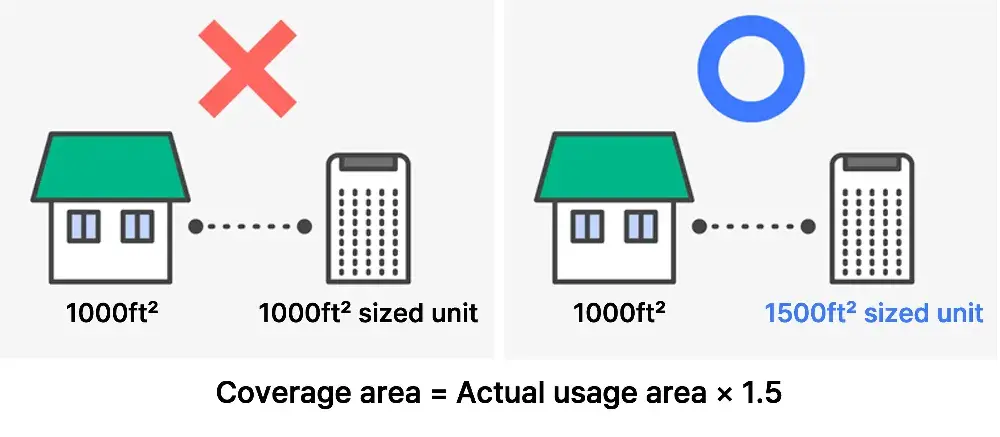
The stated coverage area assumes maximum power operation. However, because:
1) Fan noise makes constant maximum operation impractical
2) Air purification losses occur in non-sealed spaces You should choose a unit rated for 1.5x your actual space size for adequate air cleaning.
Chapter 2.
air purifier Ease of Use
What makes an air purifier user-friendly?
1. PM Sensors
Dust concentration detection
separate from dust removal PM 2.5 sensing is sufficient
Detects dust levels to adjust power
not related to actual filtering performance.

PM (Particulate Matter) sensors only measure dust concentration – they don’t affect cleaning performance.
However, they automatically adjust operation strength based on readings, enabling convenient and effective dust removal.
1) PM 1.0 : Detects ultrafine particles around 1µm
2) PM 2.5 : Detects fine particles around 2.5µm
3) PM 10 : Detects larger particles around 10µm Lower numbers indicate ability to detect smaller particle concentrations.
Triple sensors are ideal but not essential
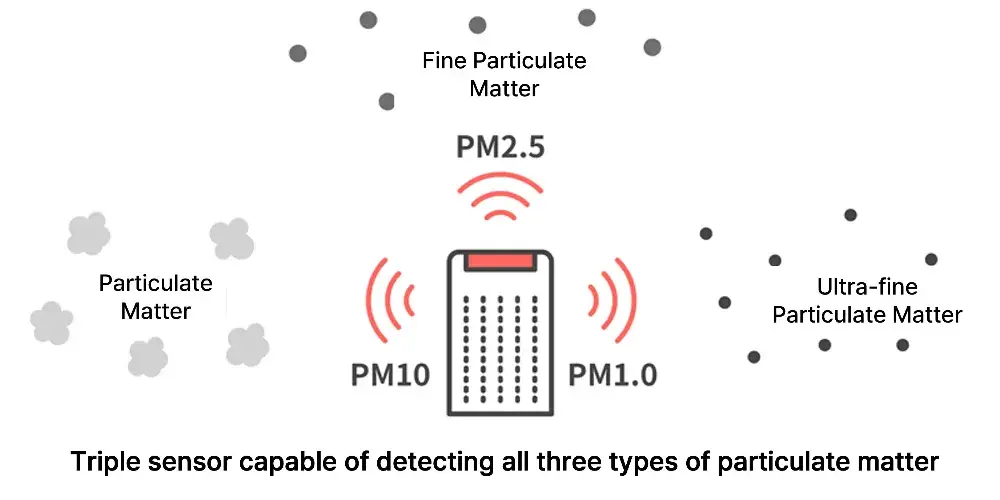
While smaller particles can penetrate deeper into the body potentially causing respiratory and cardiovascular issues, you don’t necessarily need the most advanced sensor system.
If budget allows, triple sensor models (PM 10/2.5/1.0) offer comprehensive detection from 1.0μm ultrafine to 10μm larger particles.
PM 2.5 sensor is sufficient

A PM 2.5 sensor alone is adequate for most users. This recommendation is based on domestic and international air quality standards that focus on PM10 (particles) and PM2.5 (fine particles).
While PM1.0 (ultrafine) particles exist, there are no clear management standards for them, and relying solely on a PM1.0 sensor could mean missing larger particle concentrations.
PM sensors aren’t essential

If budget is limited, prioritize coverage area over sensors
While units without PM sensors require manual adjustment, this doesn’t affect cleaning performance.
With appropriate room coverage, running at medium speed provides adequate air cleaning. When budget is limited, choose a unit with proper coverage area over one with PM sensors but insufficient coverage.
2. air purifier Additional Features
Recommended convenience features:
1) Sleep mode
2) Concentration display
3) Filter replacement alert
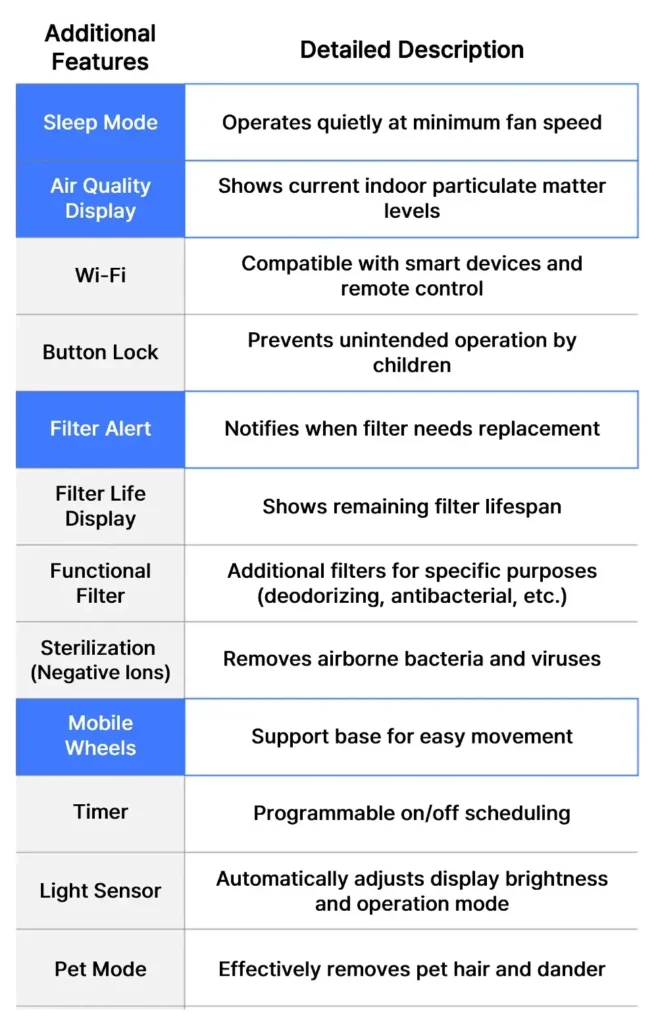
Popular user-friendly features include sleep mode, dust concentration display, filter replacement alerts, and mobility wheels. However, these are conveniences rather than necessities – consider your needs and budget.
Sleep Mode:
One-touch reduction of display lights and fan speed

Air purifiers can be relatively noisy like fans, so sleep mode is useful. It reduces airflow for quieter operation and dims or turns off display lights for undisturbed sleep. Without dedicated sleep mode, manual adjustment of speed and display brightness can work fine.
Dust Concentration Display:
Not essential but highly satisfying

This feature shows indoor particle concentration levels. While users report high satisfaction since it confirms proper operation, it’s typically found on mid to high-end models and isn’t essential if budget is limited.

Some models use color indicators instead of numbers to show pollution levels – most units with PM sensors include this basic feature.
Filter Replacement Alert:
Helps maintain performance
This tracks operating hours and signals when filter replacement is needed through sound or light indicators.
While it doesn’t actually check filter condition and requires manual reset after replacement, it helps prevent performance degradation from overused filters. While not strictly necessary, it’s recommended and comes standard on most recent models.
Note: Some models show remaining filter life, but this only helps with replacement planning and isn’t a crucial feature.
Mobility Wheels:
Important for multi-room use

If you plan to move the unit between rooms (like living room during day, bedroom at night), choose a model with wheels. Even if you don’t plan frequent moves, wheels or carrying handles help with filter changes and cleaning.
For models without wheels, separate rolling bases are available but may be less stable than built-in wheels.
Pet Filters and Modes:
Limited effectiveness
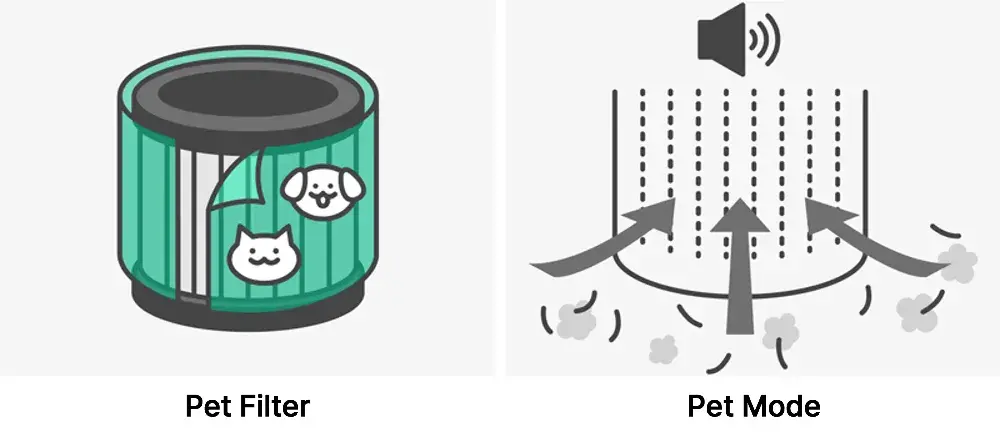
With rising pet ownership, “pet tech” features are emerging but may not meet expectations:
Pet Filters: Detachable non-woven pre-filters that catch pet hair but don’t significantly improve odor removal.
Pet Mode: Stronger airflow with more noise, but limited effectiveness for large pet hair that often clumps together These features may help but shouldn’t be a primary purchase consideration.
Chapter 3.
air purifier
Gas Removal & Sterilization
Harmful Gas Removal and Sterilization Features
1. Harmful Gas Removal
Not recommended as a primary purchase criterion due to limited effectiveness
Deodorizing Filter for Gas Removal

Air purifiers include activated carbon filters (carbon filters, charcoal deodorizing filters) alongside dust removal filters to eliminate five major harmful gases and odors from indoor air.
Given increasing concerns about indoor air pollutants, most models now include carbon filters as standard equipment.
How Effective is Gas Removal?
Even in visibly clean indoor spaces, harmful substances like carbon dioxide and radon gas continuously accumulate from various sources. Air purifiers can only remove particulate matter and some gases – the only way to reduce various harmful substance concentrations is ventilation.
Even premium residential air purifiers have limited gas removal capabilities, so this shouldn’t be a primary purchase consideration.

Research by professional institutions and media shows that ventilation rapidly reduces harmful substance levels by mixing indoor and outdoor air, while air purifiers alone have minimal impact.
Therefore, regular ventilation remains essential even with an air purifier. Some worry about letting in particulate matter during high-pollution days, but the best approach is to ventilate first to reduce harmful substances, then use the air purifier to clean any incoming particles.
2. air purifier Sterilization Function
More marketing than function?
Both effects and risks are minimal
What is sterilization?
It’s a function that generates negative ions to destroy bacteria and viruses. Features like Plasma Wave, Virus Doctor, and negative ion generation fall into this category.
Minimal Sterilization Effect from Negative Ions

There’s limited verified evidence of effectiveness. Bacteria and viruses naturally break down without moisture – one reason why exposure to numerous bacteria doesn’t typically cause health issues.
Recent products emphasizing “low ozone emission” effectively admit to limited sterilizing power. Therefore, negative ion/sterilization features shouldn’t significantly influence purchase decisions.
No Need to Worry About Ozone
Some hesitate to buy models with unwanted sterilization features due to ozone concerns. However, modern products pose minimal risk.
While early 2000s appliances (including dehumidifiers) had problematic ozone levels, current regulations ensure only trace amounts – similar to everyday exposure levels – making them essentially risk-free.
However, this also means limited sterilization effectiveness.
Chapter 4.
air purifier Maintenance Costs
Filter Replacement and Electricity Costs
1. Filter Replacement Costs
Consider replacement costs ranging from $37 to $115 when choosing
Most filters need replacement
after 1 year Costs up to $115 depending on coverage area

While most air purifiers recommend annual filter replacement, actual timing may vary based on daily usage hours.
Small units cost $37-60 for filters, while medium to large units range from $60-115. Consider these ongoing costs alongside the initial purchase price.
Are more expensive filters better?
While possibly true, it shouldn’t be a primary purchase criterion. As explained earlier, particle removal performance can be verified through certified coverage area, so you needn’t worry about “better performance from pricier filters.”
2. air purifier Compatible Filters
Good value with minimal performance difference,
but reliability depends on individual judgment
Half-price compatible filters – similar performance?
Popular models often have various compatible filter options available. These can cost 50-75% less than original filters. How do they compare? Consider three factors:
① Filter grade
② Air-tightness
③ Reliability
① Filter Grade:
Lower grade but better value
Compatible filters often have lower grades than originals. Let’s compare performance using a unit that processes 10,000 dust particles per hour:

– H13 original filter: Removes 99.95% of 0.3µm particles, leaving 5 particles
– E11 compatible filter: Removes 95% of 0.3µm particles, leaving 500 particles
While this seems like a huge difference (5 vs 500), the E11 filter still removes 9,500 particles per hour and will clean the remaining 500 particles in about 3 minutes.

This means lower grade filters are just about 5% slower at purifying – a reasonable trade-off considering the cost savings.
② Air-tightness:
Check reviews for compatible filters

Air purifiers work best when air passes through the filter without leaks. Gaps between filter and unit allow unfiltered air to recirculate.
Compatible filters may fit tighter or looser than originals. Check reviews for air-tightness issues before purchasing.
③ Reliability:
Individual judgment required
Compatible filters have two main drawbacks compared to originals:
– Less verified safety from harmful substances
– Lower grade reliability Without unified standards, consumers must judge reliability themselves based on personal preference and budget constraints.
3. air purifier Electricity Costs
Actual power usage averages 30% of rated consumption
A unit rated at 60W doesn’t constantly use 60W. It uses under 5W in sleep mode, with power increasing with fan speed up to 60W at maximum.
Since units alternate between high power during poor air quality and low power when stable, long-term usage averages below 30% of maximum power rating.
Therefore, 24/7 operation costs less than expected. Note: Actual consumption varies with indoor pollution levels and usage patterns


